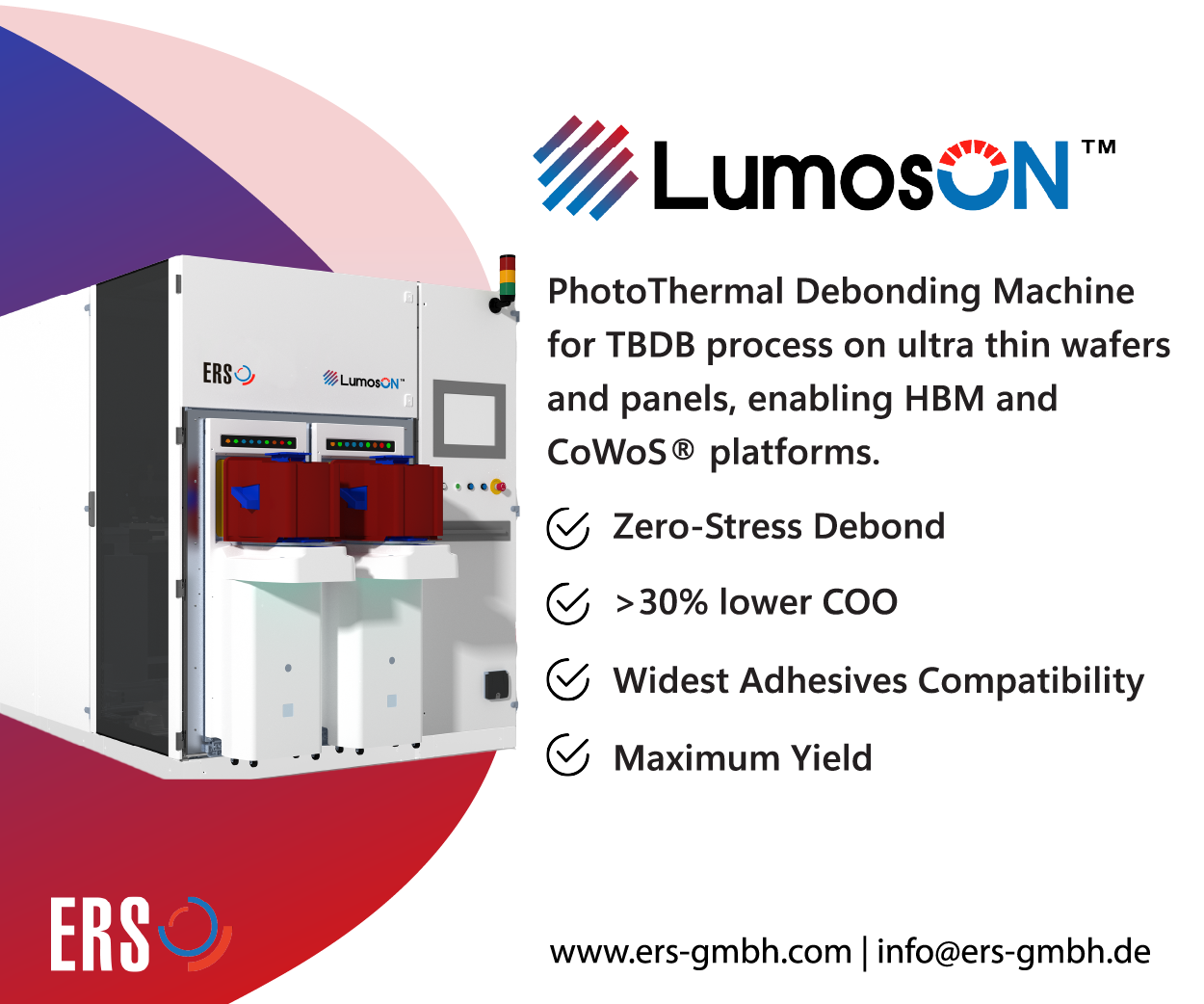 In an era where people expect instant everything, the development of the market for 3D ICs with TSVs has not met many expectations. But for those who really understand how long it takes to bring a new technology to maturity, it should be no surprise. It has taken memory companies more than 10 years of development to bring out commercial 3D IC products with TSVs. Other than die stacking for image sensors, these represent the first volume commercial product introduction. Just as with many technologies, the high-performance applications that can afford the price of early adoption are the first markets for stacked memory.
In an era where people expect instant everything, the development of the market for 3D ICs with TSVs has not met many expectations. But for those who really understand how long it takes to bring a new technology to maturity, it should be no surprise. It has taken memory companies more than 10 years of development to bring out commercial 3D IC products with TSVs. Other than die stacking for image sensors, these represent the first volume commercial product introduction. Just as with many technologies, the high-performance applications that can afford the price of early adoption are the first markets for stacked memory.
At TechSearch International, we expect 2015 to be the year of the memory stack. It will also be the year of engineering progress. In order for 3D ICs to be designed into other new architectures, co-design at the system level—from IC to package to board — is essential. We expect new introductions in the EDA tool space, and hopefully a greater understanding of how to design in 3D instead of 2D across a broader range of applications. We also expect to see continued developments in manufacturing processes that will enable cost reductions by improving yield and throughput. This includes continued development of materials for use in the bond/debond process. Thermal challenges still remain for applications that involve memory and logic stacking or logic and logic stacking, but we are hopeful for progress in new architectures that will lead to future solutions.
Many of the 2.5D or interposer solutions depend on the availability of stacked memory, and with the delivery of memory stacks, these applications are expected to see some expansion. However, it is important to remember that many of the first applications in this space are also high-performance applications and therefore are not super high volumes. While there are investigations for the use of interposers for mobile applications, cost and infrastructure readiness relative to other alternatives is a deciding factor in adoption. A number of companies are investigating the potential for glass interposers. Significant progress has been made in the fabrication of fine lines and spaces (2 to 5µm) and small diameter vias (<25µm). While there are many applications for glass, the adoption of interposers for high volume applications such as the mobile device space requires a strong supplier base, experienced assembly partnerships, and plenty of reliability data.
We may have been living in the years of PowerPoint engineering in the past, but 2015 will be remembered as the year of really exciting engineering work. ~ E. Jan Vardaman





















